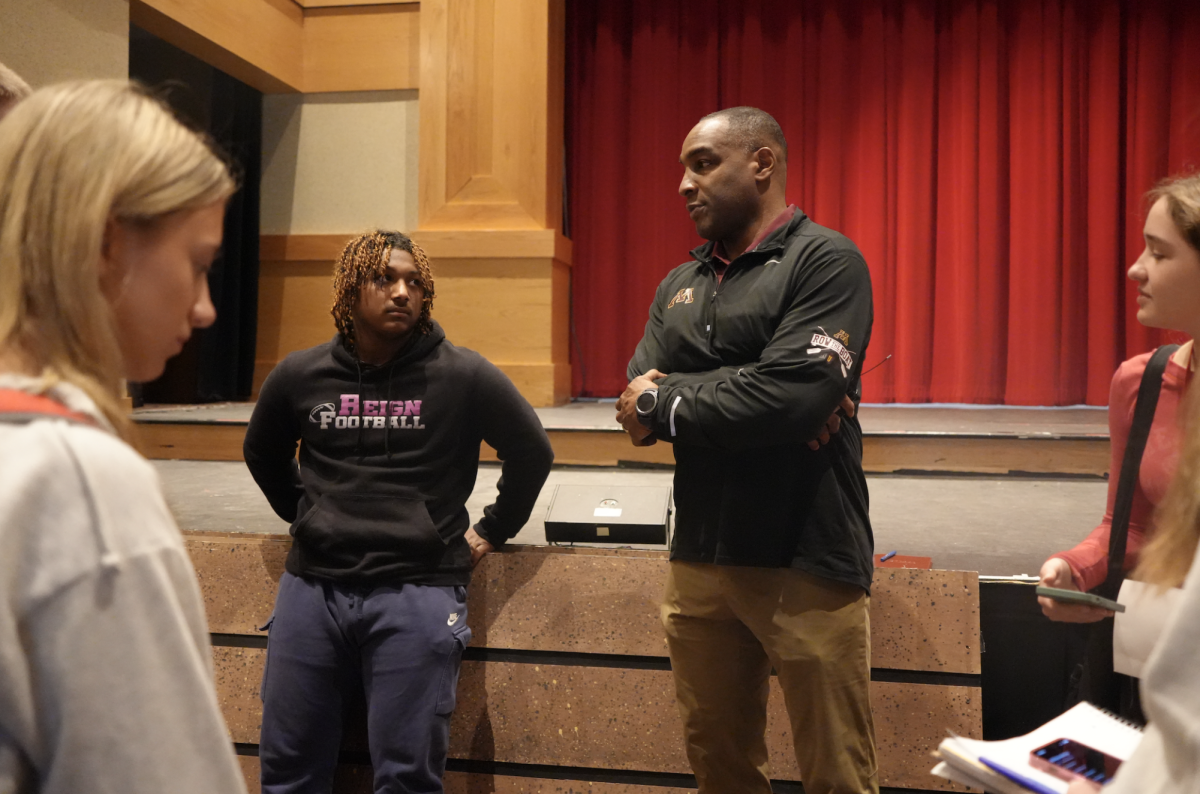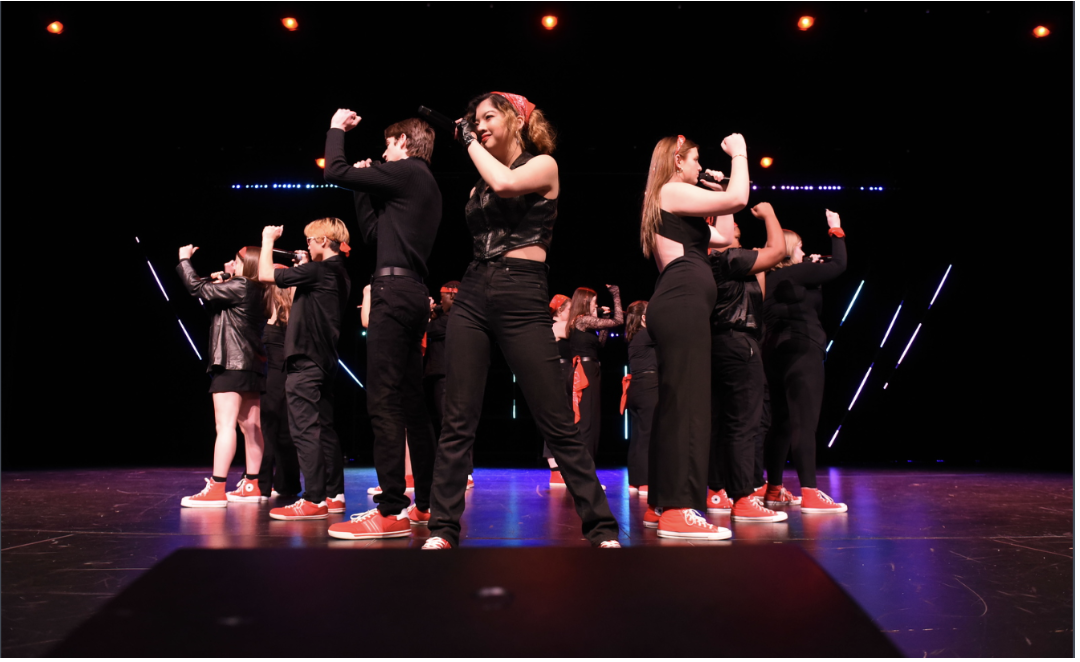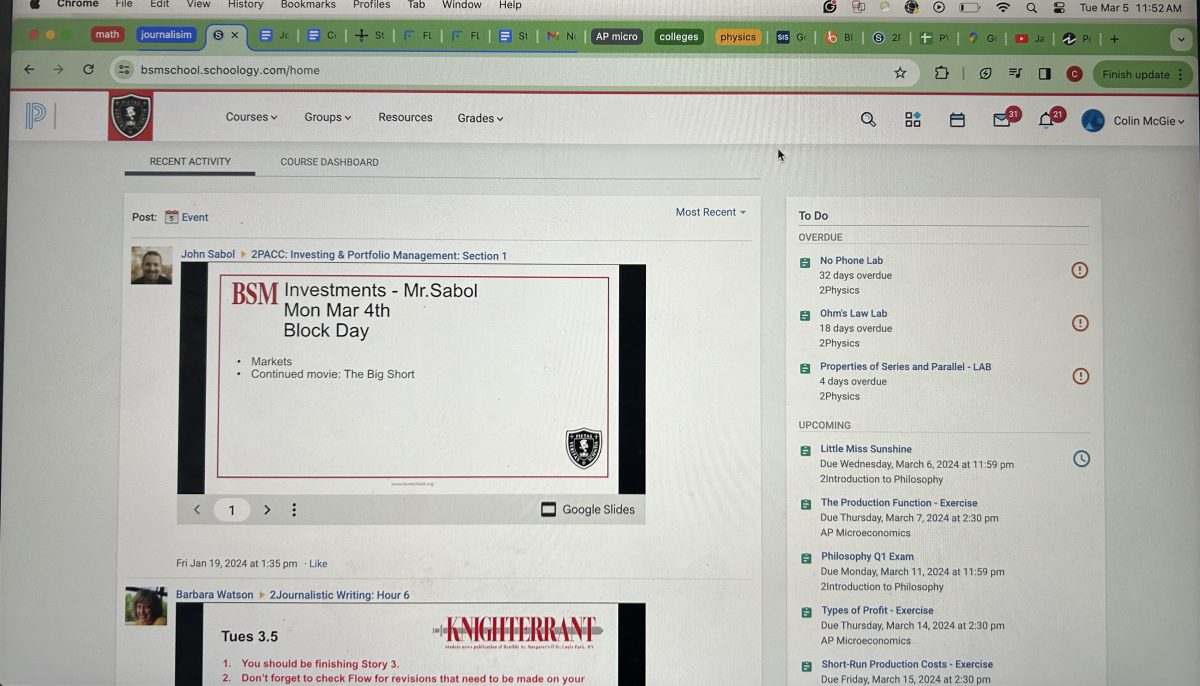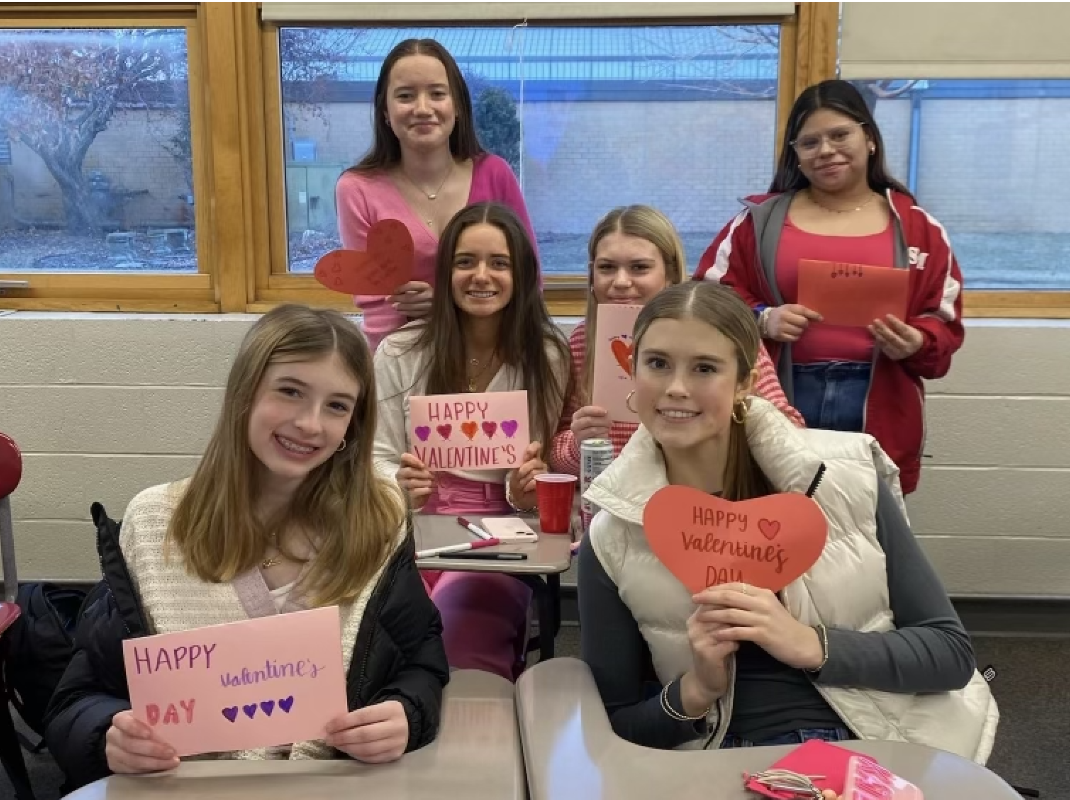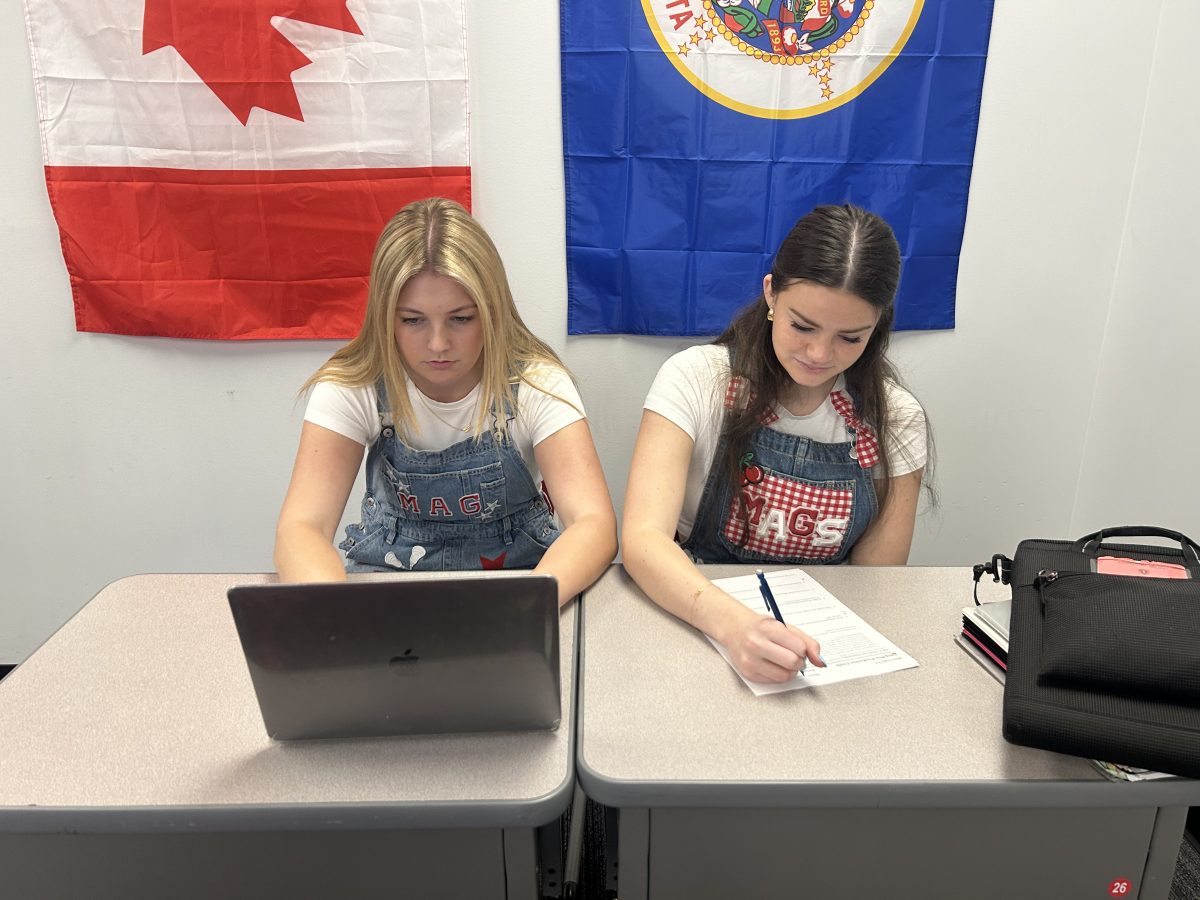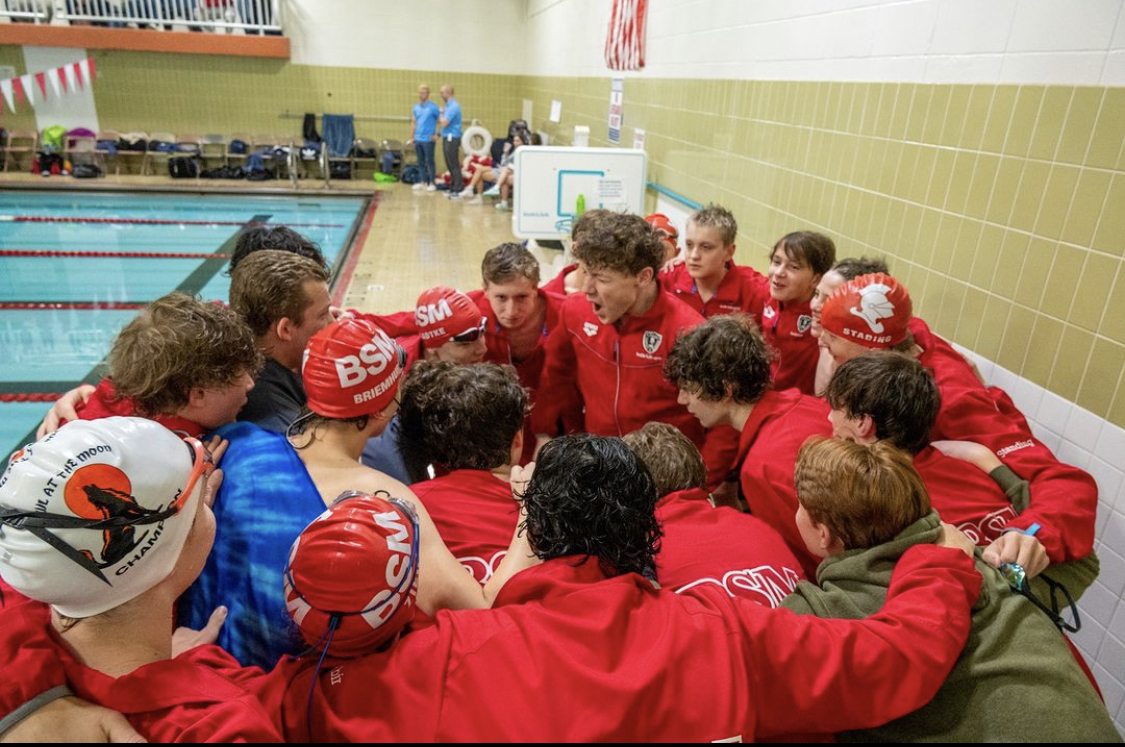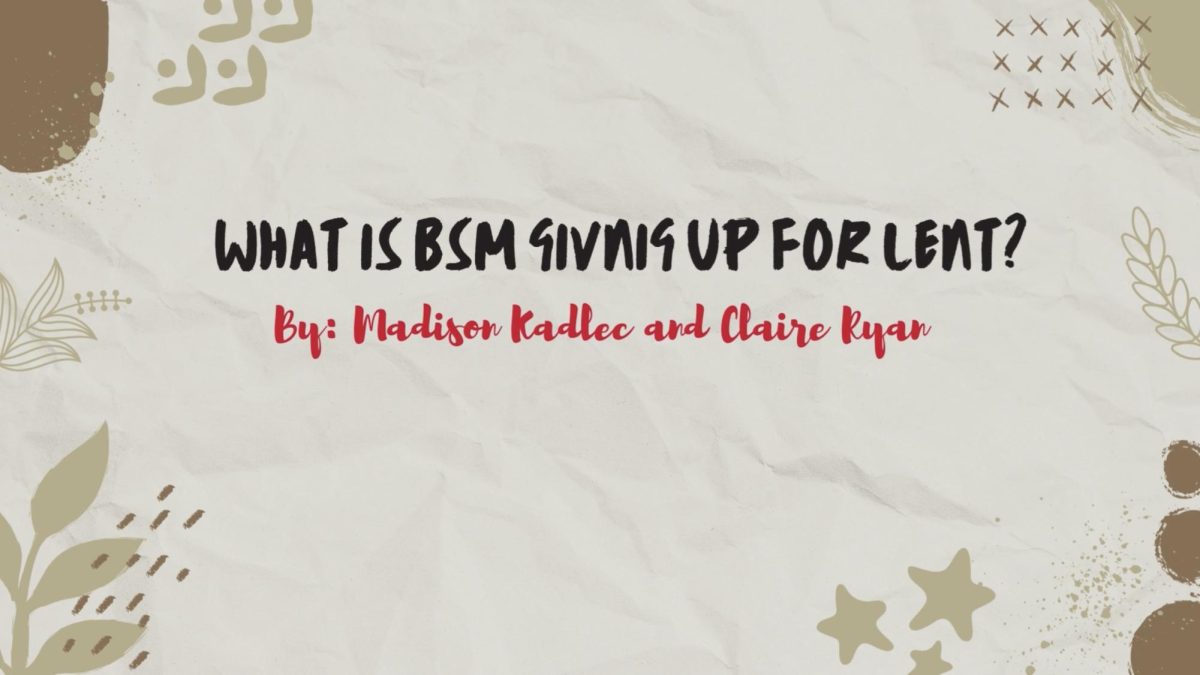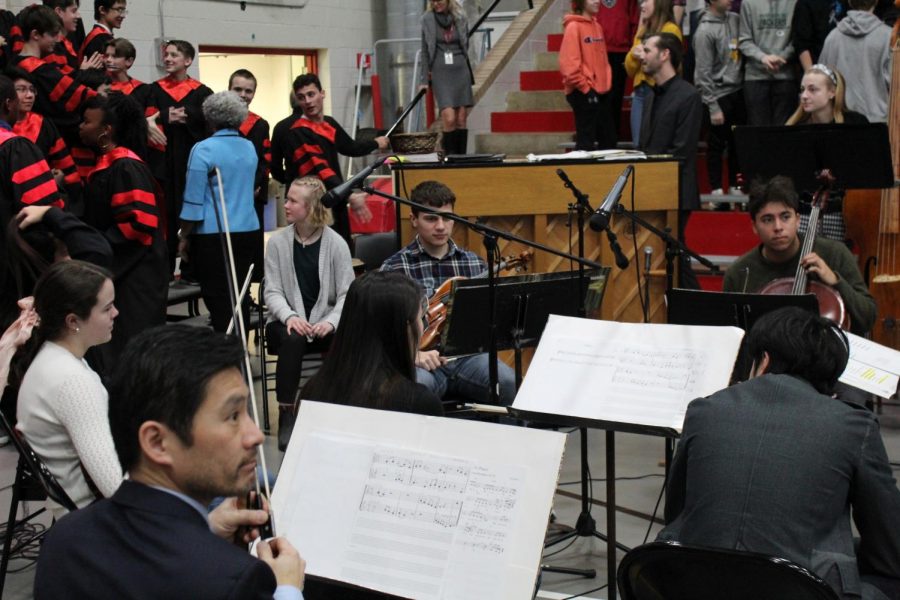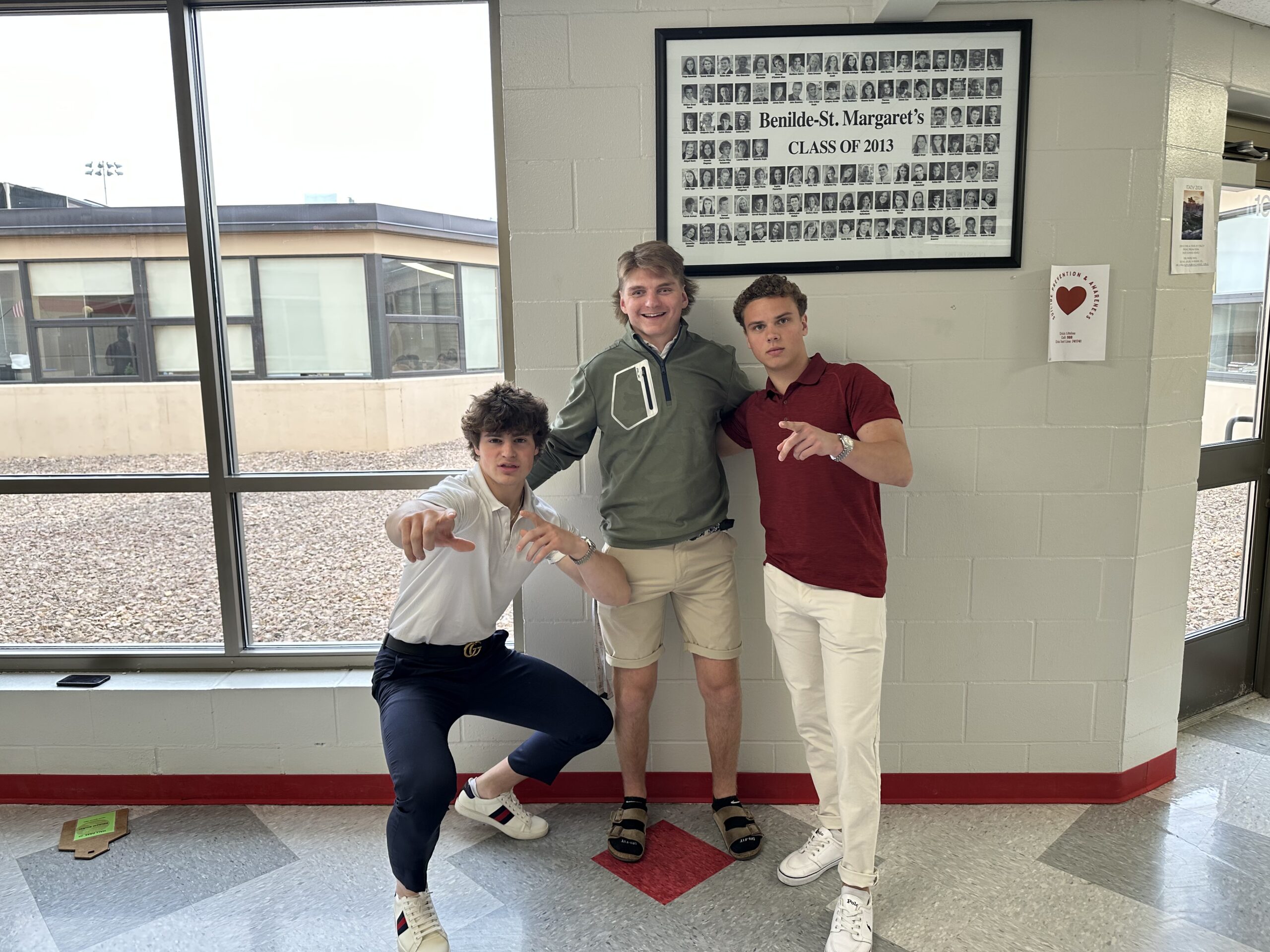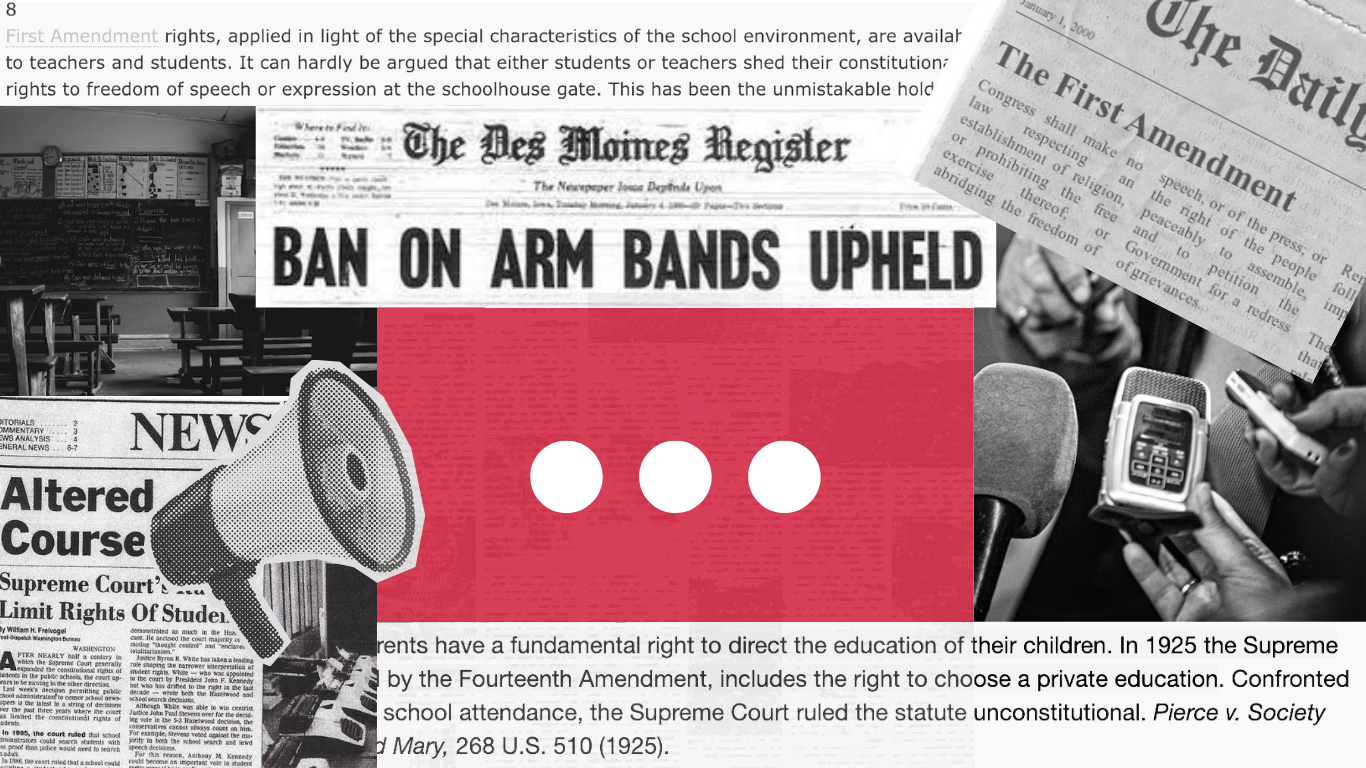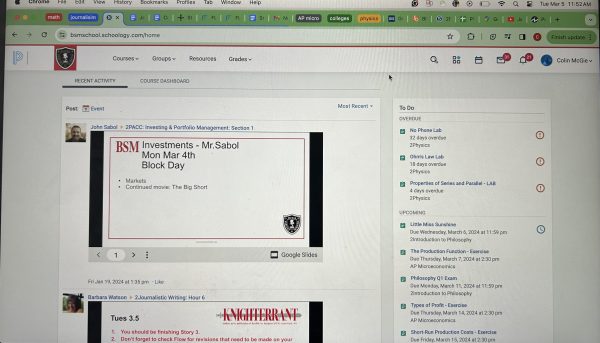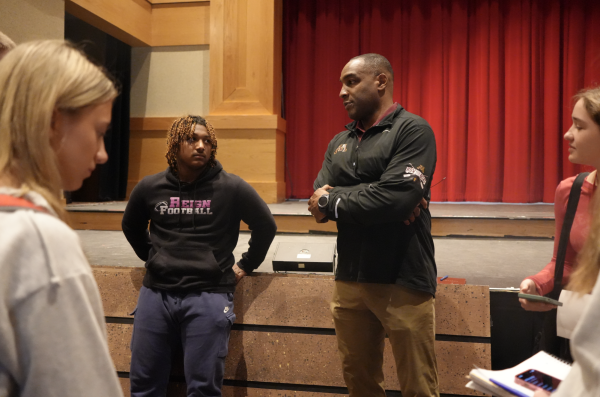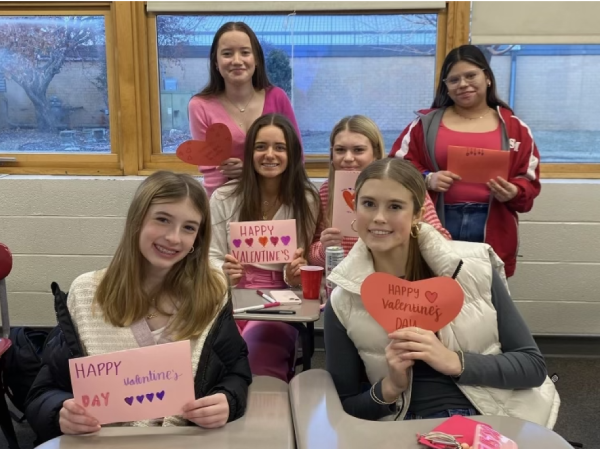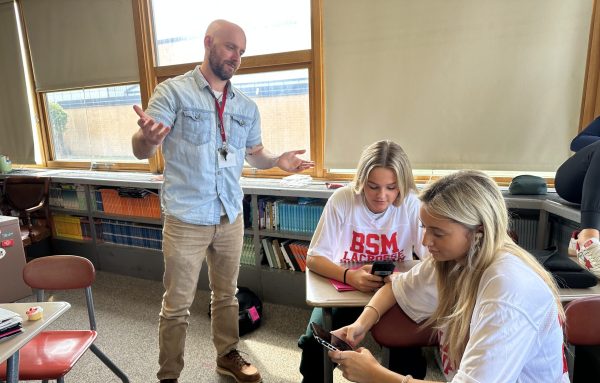Orchestra is reduced to one class period
Despite dwindling in size, the orchestra still plays at mass.
January 30, 2020
The BSM student orchestra has recently been changed to combine the seventh grade, eighth grade, and senior high orchestras into one class period. Previously, there were three separate orchestras––two in the junior high, one in the senior high. While the decision to combine them is purely due to the low number of students enrolled in the orchestra, it is a major change to the elective.
When students make their course selections for each semester, BSM’s administration discusses the numbers with department chairs and then makes their decisions on how many classes to run. Due to the low number of orchestra enrollees this year, the group was condensed to one class period, which senior high principal Dr. Susan Skinner considers an exciting new opportunity. “I think it’s an interesting dynamic to have different ages together… What about the skill level? A seventh-grader may have a better skill set than an eleventh grader, depending on how long they’ve played the instrument or how much practice time they put into it,” Skinner said.
Unfortunately, students in orchestra may not feel the same way. Abigail Close, the orchestra’s only sophomore, worries that the combined class may actually be harming the orchestra’s skill level. “What ends up happening during class is either we have to play really easy and not fun pieces, or when we do get to play our harder pieces, the junior high just has to sit there and listen,” Close said.
What ends up happening during class is either we have to play really easy and not fun pieces, or when we do get to play our harder pieces, the junior high just has to sit there and listen.
— Abigail Close
Although enrollment in orchestra has been on the decline, Skinner is looking to the future. Other music programs at BSM, namely senior high choir and band, are structured differently based on student enrollment and teachers’ preferences. “If we had fifty students that picked orchestra for next year, we’d have to look at what that means for orchestra. For example, band this year, there’s an increase in the number of students in band. Now, we kept it in one band––Mr. Keefe preferred to have one band––but you always look at the numbers,” Skinner said.
A larger group is preferred by Skinner, as she feels this will produce a fuller sound. Close agrees with her on this point. “I like the idea of having more people because we’re louder and stuff like that… I feel like if we had a bigger space, then it would be a lot more enjoyable… Once the junior high [catches up to the senior high], it will sound a lot better… you don’t have to be amazing to play Mass music and stuff,” Close said.
Close and Skinner both hope orchestra will re-expand in the future. Already, Skinner is trying to make it easier for students to enjoy orchestra at BSM. “We try to make it easy for the high school students to take orchestra in addition to a full load of classes. You can do orchestra as point-five, which I think makes it easier for students,” Skinner said.

